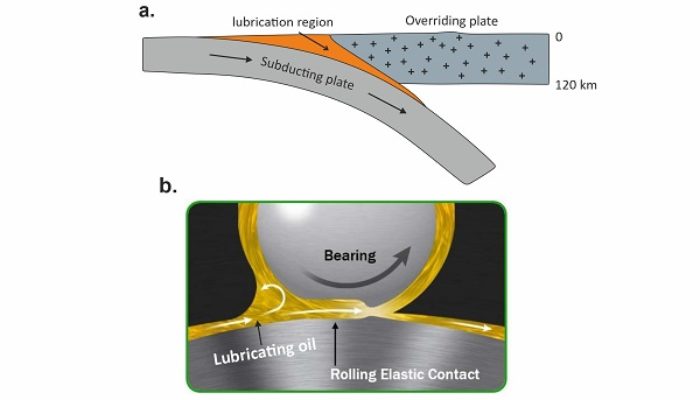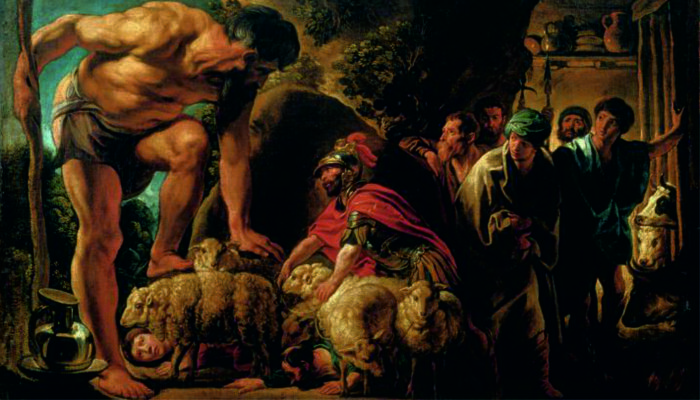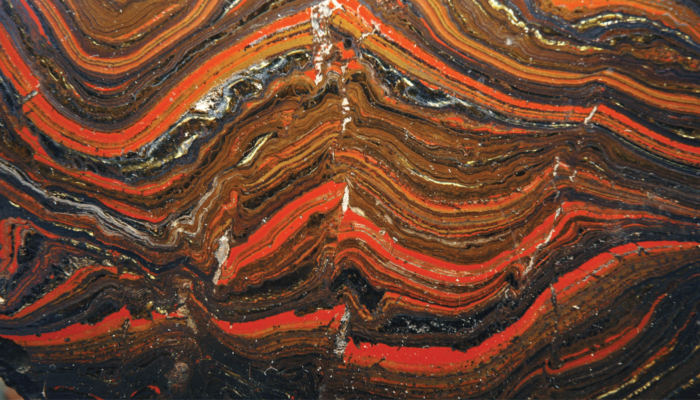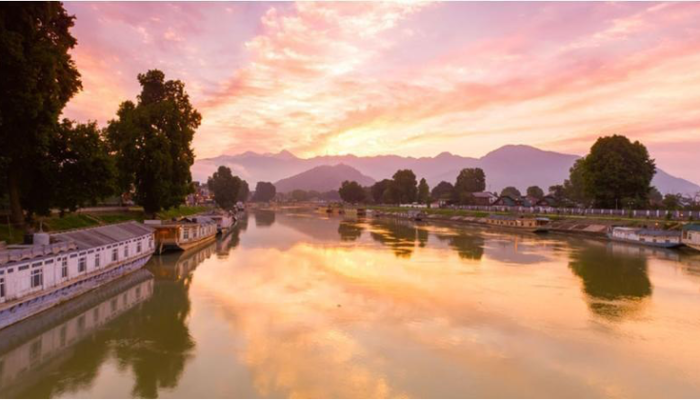Plate interface lubrication is essential for stabilization and continuation of subduction process for million of years. The magnitude of plate interface lubrication determines transfer of stress between two converging plates, topography of mountain belts, transportation of volatiles to the mantle, and return flow of high to ultra-high pressure rocks to the earth’s surface. In this week’s blog, I ...[Read More]
Geodynamics
The Sassy Scientist – Working in a Warming World
You’ve spent months battling with radiators and cold wet weather, but the summer is finally upon us and to make things even worse we’re heading into a heatwave. The office that just weeks ago seemed impossible to keep warm is now so sweltering it feels as though you’re stepping into the sauna when you arrive each morning. Like most people, Jamie has been struggling with this, so I’m here to offer ...[Read More]
Tectonics and Structural Geology
Geomythology. The Sicilian Trilogy – Part III: The Cyclopes, the Skeletons, and the Dwarfs Elephants
Strangers, who are you? Where do sail from? Are you traders, or do you sail the as rovers, with your hands against every man, and every man’s hand against you?” … “Stranger, you are a fool, or else you know nothing of this country. Talk to me, indeed, about fearing the gods or shunning their anger? We Cyclopes do not care about Jove or any of your blessed gods, for we are ever so much ...[Read More]
Geochemistry, Mineralogy, Petrology & Volcanology
Sedimentary Rocks – Insight Into The Past And Future Climate
In the recent past, a lot of effort has been directed toward evaluating the consequences of the rapidly rising global temperatures. Among them, one very alarming consequence is ocean acidification (Fauville et al, 2012; Gatusso et al, 2015). Ocean acidification is the direct result of atmospheric CO2 increase caused in part by anthropogenic activities such as burning fossil fuels for energy activi ...[Read More]
Geodynamics
The Marie Skłodowska-Curie Postdoctoral Fellowship
The summer months are often considered the cucumber season both in politics and in academia. However, there are several young researchers who use these months to work like crazy on proposals for the Marie Skłodowska-Curie Actions Postdoctoral Fellowship call. To give some inspiration to these young academic adventurers, I asked some current and recently awarded MSCA Fellows to share their experien ...[Read More]
Natural Hazards
Active faulting causes subsidence-related flooding: the example of the Kashmir basin of NW Himalaya
Flood hazards often turn destructive and cause substantial loss of life and assets. Annually floods cause significant damage; for example, during the last decade of the 20th century, around 100,000 people lost their lives, and more than 1.4 billion people were affected [1]. Historically, flooding has been viewed as a friend and foe of human civilisations. As a good friend, floods bring nutritious, ...[Read More]
Stratigraphy, Sedimentology and Palaeontology
The Deep Dust project continues!
In 2019, the EGU SSP blog reported from a workshop exploring Paleozoic dust. By now, the Deep Dust initiative is supported by the International Continental Scientific Drilling program, which is an important step. It is planned to drill in the US in a first project phase. The Deep Dust Drilling Project (DEEP DUST) is focused on understanding paleoclimatic conditions, biospheric responses and climat ...[Read More]
Seismology
Geo-Movie Cup 2022 – The Sequel!
Next week the EGU Seismology ECS team launch the most anticipated film competition of the year…! Move over Oscars; take a step back Golden Globes; it’s all about the Geo-Movie Cup 2022! In a world of endless sequels and massive franchise box-office behemoths, there is one sub-genre that is always guaranteed to entertain – the Geo-Movie! Films that have such a flimsy grasp of sci ...[Read More]
Geodynamics
The Sassy Scientist – Supervision Dilemmas
The quality of supervision is arguably the most important discriminant between a nice academic experience and a hellish one. For early career scientists, supervisors are the sole responsible for our choice to leave or stay in academia. As the name suggests, supervisors are there to supervise our research activity, as it is all too easy for us specialists to get lost in the details of our project a ...[Read More]
Tectonics and Structural Geology
TS Must-Read – Yin and Harrison (2000) Geologic evolution of the Himalaya-Tibetan Orogen
Yin and Harrison (2000) puts together an exhaustive review of three decades of geological and geophysical investigations on the Himalayan-Tibetan orogen. This research supports the orogenesis started during the Cenozoic between 70 and 50 Ma ago as a consequence of the Indo-Asian collision following the closure of the Tethys ocean between Laurasia and Gondwana. Yin and Harrison (2000) underlines th ...[Read More]








